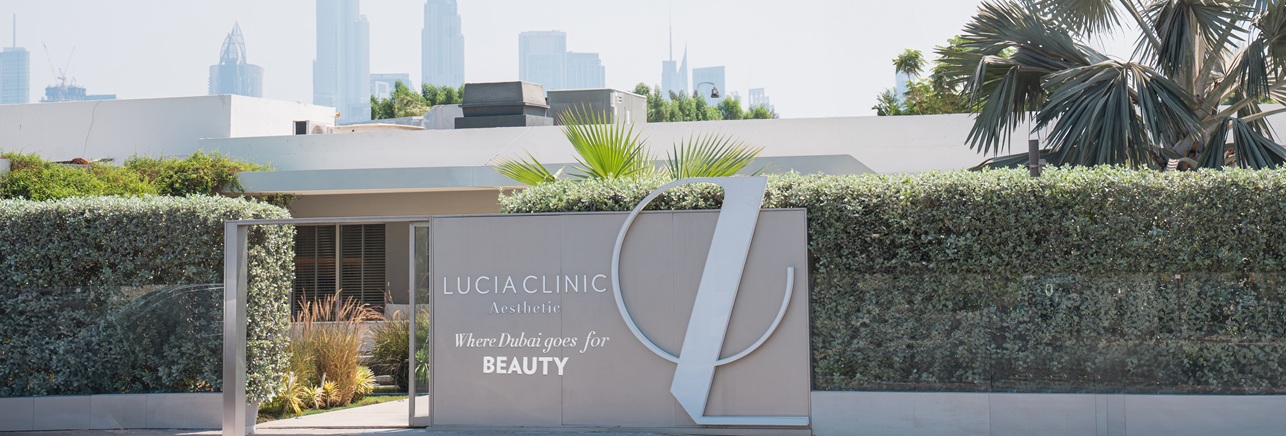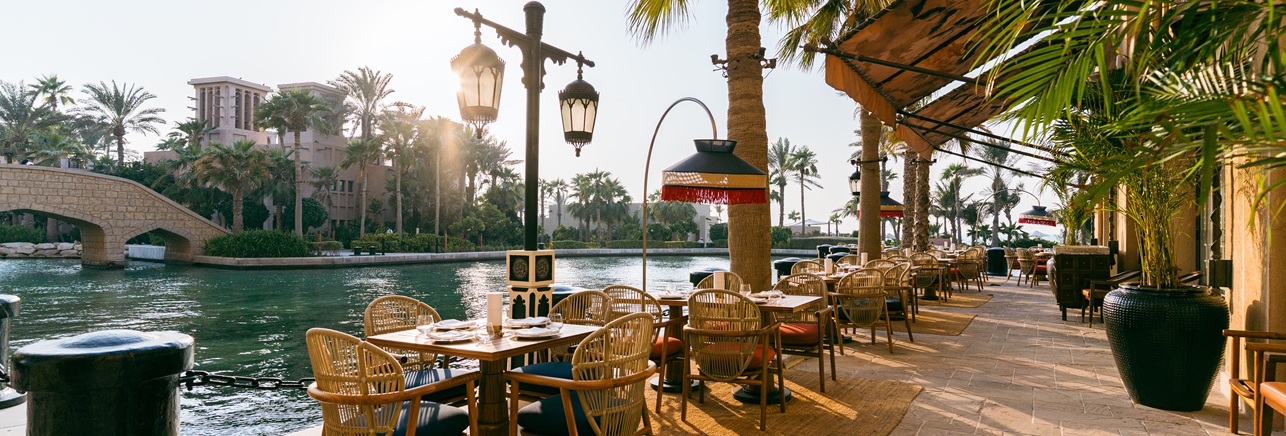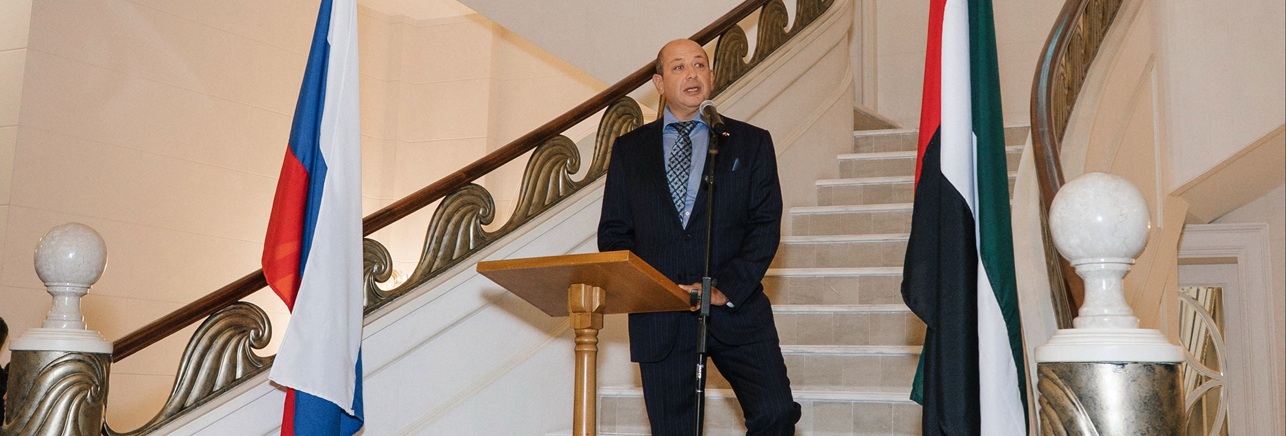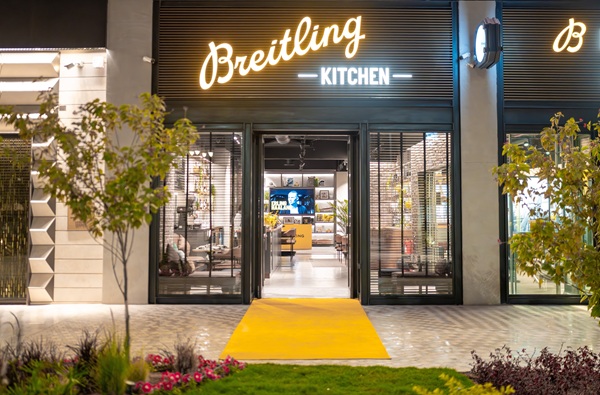Dubai International Airport: Flying High
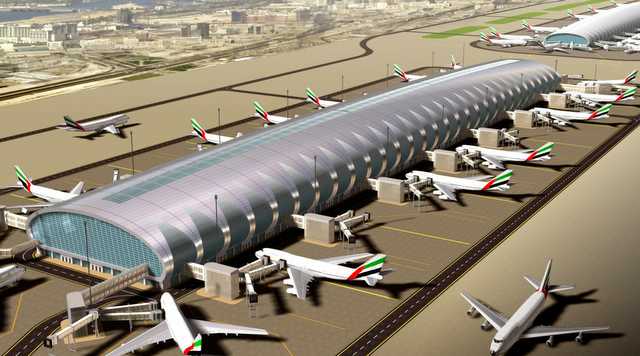 A bustling hub for global aviation, Dubai International Airport has not sat idle when it comes to large-scale investments in expansion and upgrades.
A bustling hub for global aviation, Dubai International Airport has not sat idle when it comes to large-scale investments in expansion and upgrades.
January 24, 2015
Following a humble opening in 1960 with a 1,800-metre airstrip and a small terminal building, Dubai International Airport has grown steadily over the last few decades in line with the emirate’s booming economy. Today, it is one of the busiest airports in the world, swapping the top spot with London’s Heathrow in terms of passenger traffic in certain months.
According to figures from Dubai Airports, passenger traffic through Dubai International during the first nine months of 2014 grew 6.2 per cent to reach 52 million compared to 49 million during the same period last year. In September alone, passenger traffic rose 9.9 per cent to reach 5.9 million, the airport authorities said.
Analysts also forecast a positive picture for Dubai International Airport going forward. “Dubai is the largest hub in the Middle East, which is almost dedicated to international traffic,” said Vinodh Ramani, senior research analyst, business & financial services, Frost & Sullivan.
The Right Reasons
“It has witnessed an increase in passenger traffic from 34.5 million in 2008 to 57.7 million in 2012, an increase of 67.2 per cent. It is currently the third largest airport hub in the world in terms of passenger traffic and is likely to eclipse the current largest hub, London’s Heathrow airport, within the next five years.”
Dubai has also tactically used its location – between Europe and Asia – to feed the growth in passenger numbers and aircraft movements at the airport.
“Approximately, 80 per cent of the global population lies within 10 hours flight distance from Dubai. This includes regions like China, India, and South East Asia, which are amongst the fastest growing economies in the world with a growing middle class population,” said Ramani.
“While a growing economy relies upon travel for business opportunities, the growing middle class relies on travel for their personal vacations,” he added.
This is an important factor for the growth of traffic in Middle Eastern hubs, which have tapped global travel growth in this region, particularly the important premium market and business segments. While also in tune with the shift of economic power from the western to the eastern regions of the world.”
Ambitious Expansion
Despite various advantages, Dubai has not been complacent in terms of the investment needed to develop its airport infrastructure.
In 2011, Dubai Airports gave the green signal to a $7.8 billion expansion plan that aimed to step up passenger numbers to 100 million annually by 2020.
The scheme included the construction of a Concourse 3, built solely to accommodate Dubai’s flagship carrier Emirates’ growing fleet of A380s, a Concourse D to accommodate the growing number of flights seeking slots in the airport and the expansion of Terminal 2, dedicated to all international flights apart from Emirates.
A major part of the expansion plan has been carried out with the completion of Concourse 3 in 2012 and the expansion of Terminal 2. The next concourse is on track to be opened by the first quarter of 2015, authorities announced recently. Concourse D will also be connected to an existing terminal by an automated train and help deal with the growing passenger numbers and aircraft traffic.
The airport also underwent an 80-day runway refurbishment programme in May. The project, which began on May 1, involved the resurfacing of the entire 4,000-metre long northern runway as well as the upgrading of runway lighting and construction of additional taxiways and rapid exits on the southern runway.
During the upgrade, which left the airport with just one usable runway at a time, Dubai International had to reduce flights by almost 26 per cent with Emirates taking the brunt. The airline had to slash flights to 41 destinations, incurring a loss of Dhs1 billion in revenues.
On The Mark
Despite a slight loss in revenues, management have extolled the long-term benefits of the upgrade and the impact it will have on growth. Following the runway upgrade, aircraft arrivals at Dubai International Airports are set to increase from the present 33 to 45 an hour by 2016, according to Mohammed Ahli, director general of Dubai Civil Aviation Authority (DCAA).
Ahli said that the refurbished runways are now equipped with a high-speed turnoff that allows aircraft to vacate quickly and permit another aircraft to land or depart in a shorter space of time.
“The upgraded runways would go a long way in handling the air traffic which has been consistently growing between five to seven per cent annually, higher than the global average of 3.5 per cent,” he told ViaDubai, the official newsletter of the DCAA.
The expansion is also expected to help the airport meet its passenger traffic target for this year. “We are confident about the airport handling over 70 million passengers in 2014, which will bring us closer to becoming the world’s number one airport for international passengers,” said Sheikh Ahmed bin Saeed Al Maktoum, president of DCAA and chairman of Dubai Airports.
“We are on the mark in terms of giving a big boost to the aviation industry which we anticipate will contribute 32 per cent to Dubai’s GDP by 2020,” he said.

